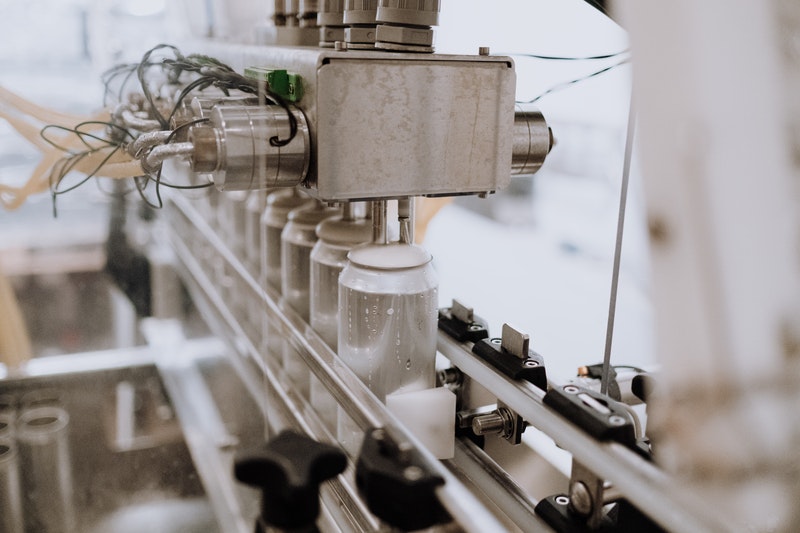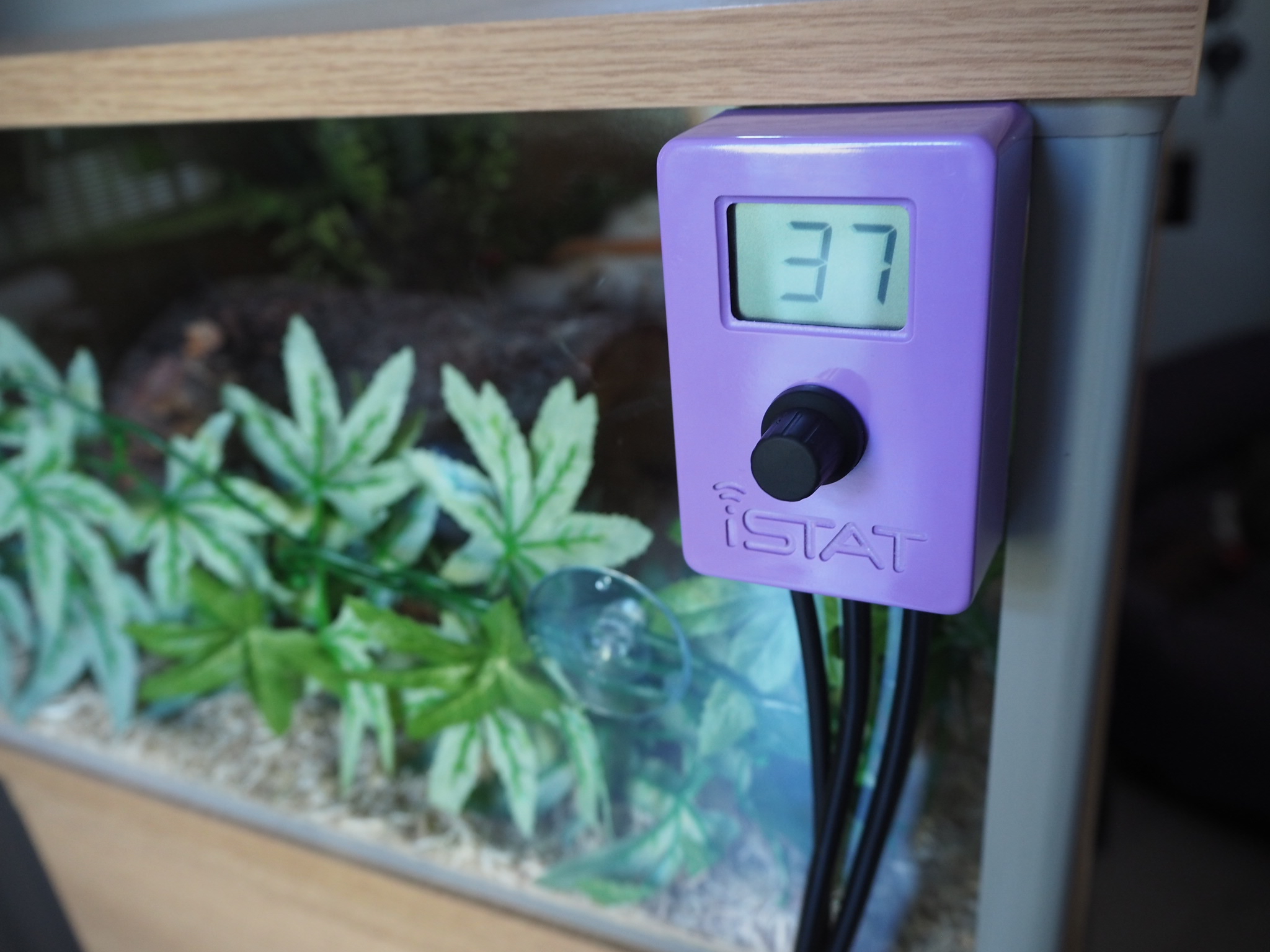What is Machine Vision and how does it help profits and the planet?

You’ve probably heard the term “machine vision” crop up here and there but either in too vague or too specialized a context that left you none the wiser about what it actually is. Perhaps even the images of Johnny 5, creepy AI robots or even Geordi’s visor spring to mind. Ironically enough, you’re not too far off the mark (except for the creepy part). Machine Vision is a sophisticated branch of science, tech and engineering that is revolutionizing manufacturing processes.
First off, let’s understand the difference between machine vision and computer vision. The two are interrelated but serve very different functions. Machine vision comprises the tools that detect and capture the imagery, computer vision then applies algorithms to analyze the image and send instructions to other parts of the system to act upon the item scanned. Think of machine vision as your hand and computer vision as the nerve endings in your hand, telling your brain whether you’ve picked up a cup or a baseball bat, something hot or something tepid.
So how is this applied on an industrial level?
We all know the phrase “nobody’s perfect”, and this is particularly true of jobs where inspection and quality control are carried out by manual labour. Most businesses and processes will have an estimate for time and value lost due to human error because it’s unavoidable. When it comes to large scale, ongoing repetitive tasks, human beings, despite our best efforts, simply cannot keep up the same level of scrutiny, care and awareness on monotonous jobs for hours on end, day in and day out. Unfortunately, while we do our best to account for this, the knock-on problems can have a huge impact: one faulty item can either make customers lose faith in your whole product range or, in a drastic scenario, cause some serious hazards and harm. A damaged coil, that passed human inspection, caused the Apollo 13 oxygen tank explosion. That might be an extreme example, but consider the wrong dosage being printed on medicine bottles, hazardous materials inside children’s toys or simpler faults that cause otherwise expensive equipment to break. Mistakes lead to waste and waste leads to money lost for companies and adding to already overflowing landfills.
Companies like Multipix offer quality grade equipment that can be designed specifically to the needs of a business. And while you might think all you’re doing is upgrading your production or quality control processes, machine vision ends up having a massive impact on the entire supply chain and lifecycle of your product.
Many of the cost-saving advantages of using machinery are fairly obvious. Machines don’t get tired, they don’t need bathrooms or break rooms, machines don’t get headaches or drop the ball because they’re fed up. Hour for hour, automation maximizes productivity and reduces cost simultaneously. Obviously, machines need their own level of upkeep and maintenance but it’s far less complicated and much easier to plan for than human issues. Furthermore, machine vision guarantees far more accurate results, which, as already mentioned, leads to far less faults and waste, makes for far more efficient outputs and creates confidence and trust in your product from the end consumer. Even customer support and complaints departments can become far more streamlined when machine vision has minimized possible returns, void warranties or angry clients.
Efficient processes and operations also means that your manufacturing facilities won’t require as much power or produce as much hazardous waste, making your whole operation far more eco friendly and with optimized recycling capabilities. These days, consumers have become far more eco-conscious and their choice between seemingly similar products comes down to its impact on the planet more than anything else. Multipix and similar companies are among those leading the way in guaranteeing sustainability certified supply chains, delivering the best of both worlds for both quality and social responsibility.





